6 Fresh Ingredients to Have on Hand
on Aug 21, 2019, Updated Jan 22, 2022
This post may contain affiliate links. Please read our disclosure policy.
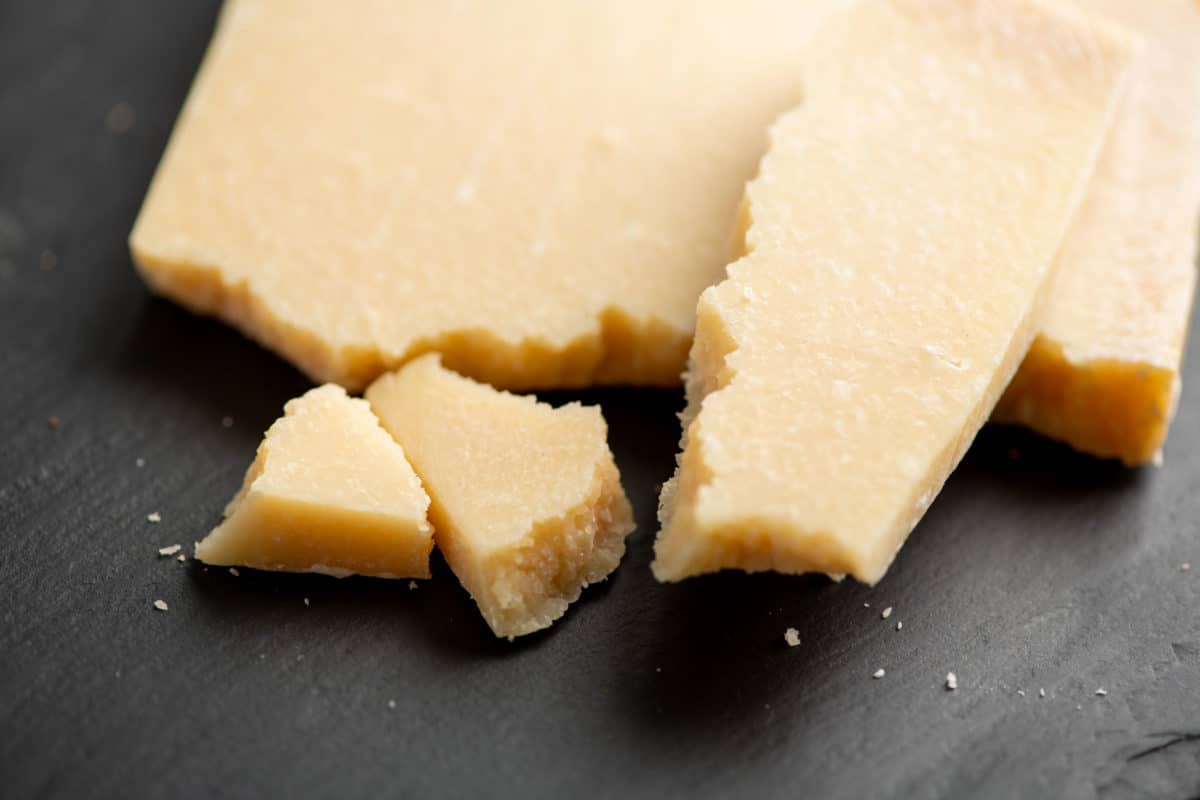
When we think of the word “pantry” we usually think of a closet or cabinet filled with dry goods. The fridge doesn’t come to mind. But even though items stored in the refrigerator are perishable, it’s true, some are less perishable than others, and can be considered part of a pantry arsenal of fresh ingredients that you want to keep on hand. Here are some of my all-time go-to favorite fresh foods — add the ones you like best to your list for next time you hit the grocery store.
1. The onion family
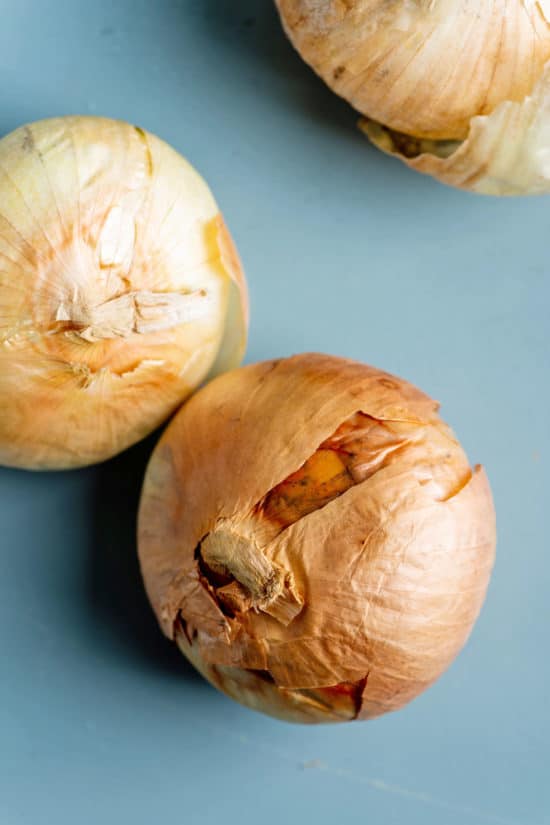
The onion family includes garlic, leeks, onions, shallots, and scallions, and practically every savory dish includes one or more of these—at least in my house. In short, the onion family, whether cooked or raw, provides a flavor base for almost any kind of dish, no matter what the ethnic orientation. With any of these items, raw the flavor is sharper, cooked it becomes more mellow and sweet. It’s hard to think of another ingredient that has a place in so many dishes and cuisines.
At the very least buy onions and garlic. Even if a recipe calls for shallots or scallions or leeks, you can improvise with onions and garlic if you want to. If you have olive oil, salt, and a member of the onion family, you are well on your way to a flavorful weeknight meal. Pick a protein, sauté it up with some minced garlic or onion, and you have dinner.
2. Parmesan Cheese
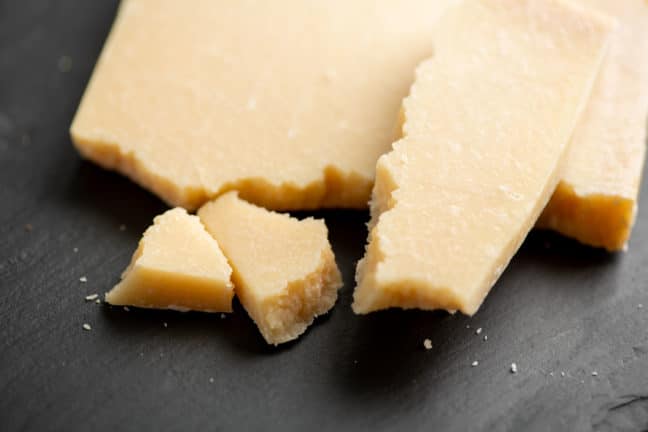
The real stuff puts anything you can buy in a can to shame. Parmesan is a hard granular cheese, made from raw cow’s milk, produced in Italy, but the term Parmesan is also used for cheeses, which are made in the style of Parmigiano-Reggiano.
Freshly grated Parmesan is a central ingredient in dishes such as macaroni and cheese or risotto, a topping for pasta, and an integral ingredient in chicken or eggplant Parmesan, but a little bit sprinkled on a salad or a soup or a pizza or mashed potatoes offers an extra hit of flavor and a bit of saltiness.
In a perfect world, you’ll buy a nice big block and grate it yourself as needed. In a more real world, you might buy the pre-grated Parmesan, but still, go for the good stuff at the cheese counter or a specialty store. A super simple weeknight dinner might be some chunky pasta shape simmered with broccoli florets in some chicken or vegetable broth, and finished with a generous shower of Parmesan.
There are different schools of thought on storing Parmesan cheese so it doesn’t get moldy, but one good method is to moisten a piece of cheesecloth or a paper towel and wrap it around the cheese, then wrap the whole thing in aluminum foil and store it in the crisper drawer of your refrigerator. The foil allows just the right amount of air to circulate around the cheese, and it should keep for months.
3. Carrots, Broccoli and Cauliflower
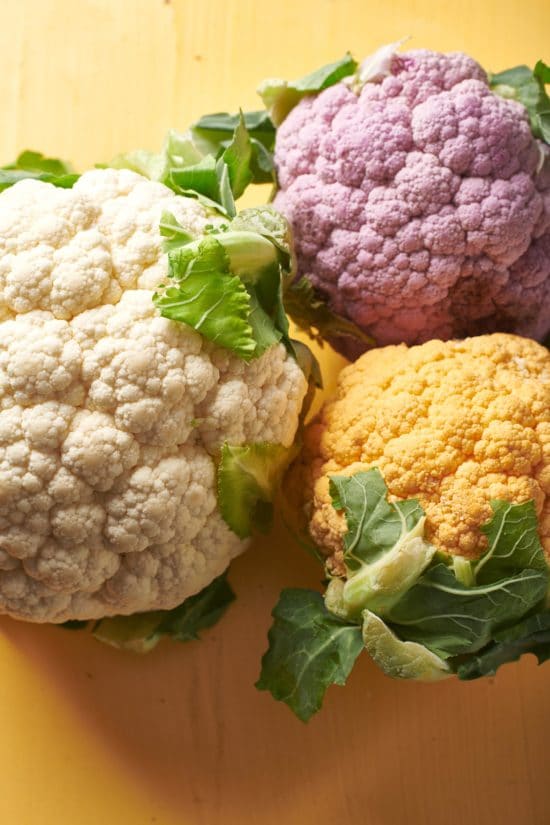
These are some of the hardiest vegetables around, lasting for more than a week in the refrigerator, substantially more in the case of carrots. Added to pasta they turn a starch into a vegetarian meal, and they can also be cut up and tossed with a little olive oil and salt, then roasted in a hot (450° F) oven for 40 minutes or so until they become tender and caramelized (above with chimichurri sauce!). You can also sauté them, steam them, and add them chopped to stir fries, and skillet dishes.
4. Individually Wrapped Boneless Chicken Breasts
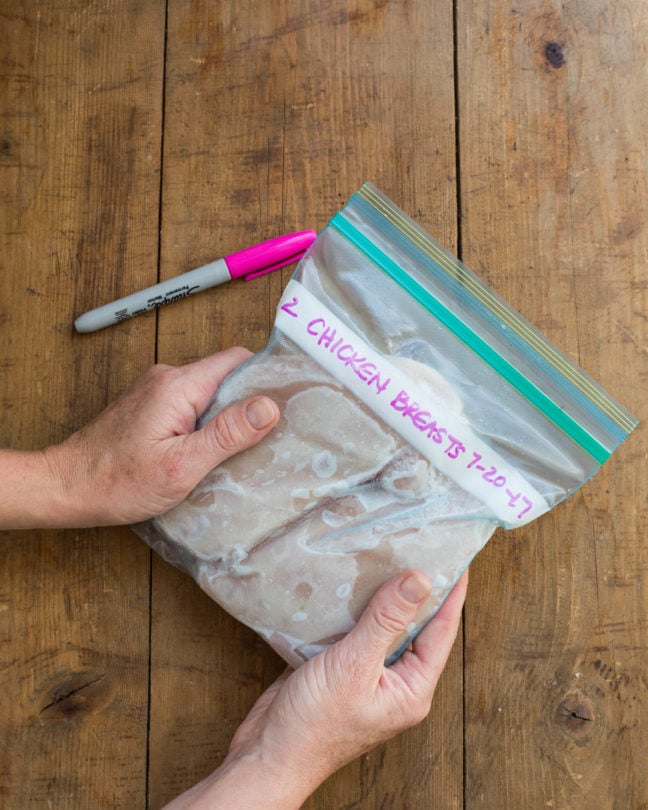
These are available everywhere from price clubs to supermarkets, and can even be found in free range or even organic versions. You pay a little extra for the individual wrapping, but having a set of chicken breasts in your fridge or freezer is worth any price on a harried weeknight evening when a stop at the supermarket just isn’t in the cards.
You can pop them into the freezer to store them for up to 4 months. Transfer them from the freezer to a plate, still in their wrappers, and put that plate in the refrigerator. By the next evening, they should be defrosted. For more info on thawing chicken safely click here.
Cooking chicken breasts in a skillet with minced onion or garlic, and then making a simple pan sauce is a great weeknight technique. When the chicken breasts are cooked, set them aside, then add some wine or chicken broth or both to the skillet and scrape up any brown bits stuck to the bottom, which will add flavor to your sauce.
You can then add some Dijon mustard, fresh or dried herbs, maybe a splash of vinegar or citrus juice, and when the liquid has thickened slightly, pour the pan sauce over the chicken breasts. You can vary the sauces with whatever you have on hand.
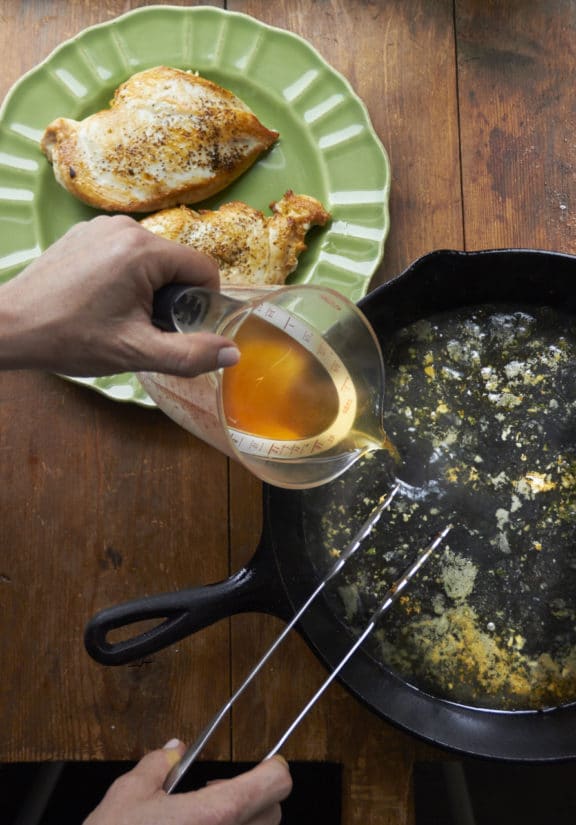
Also, if you have some leftover salsa, or a dip, or some pesto or tapenade, you could also spoon a dollop over a plain chicken breast. Open that fridge door wide, and you will certainly find a bunch of ways to dress up that plain chicken breast.
5. Eggs
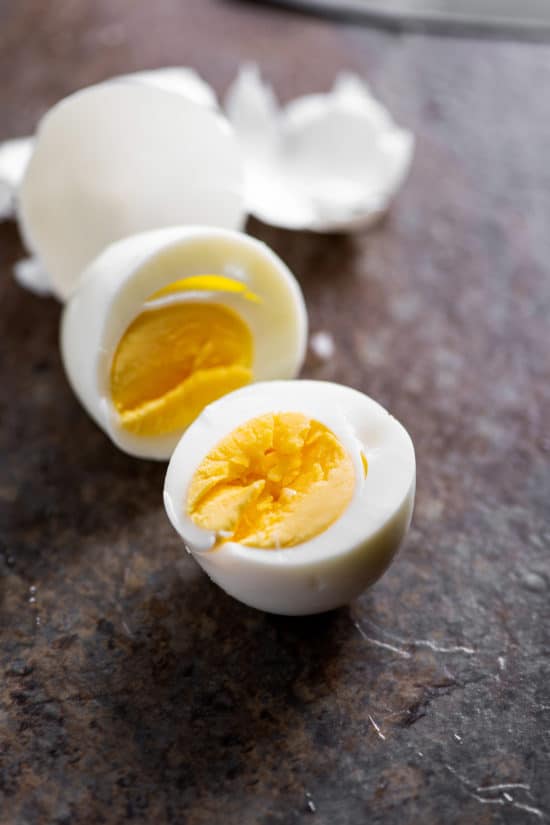
A dozen eggs equals dinner any day of the week. Cheap, protein-packed, versatile, vegetarian, eggs are a miracle food, and not just in the a.m.
Poached, fried, in an omelet, a frittata, or scrambled up all plain and simple. Or try scrambling hem with some add-ins, from fresh herbs to spices to lightly cooked chopped vegetables to crumbled sausage. Because you’re making scrambled eggs, and not an omelet, feel free to stir ingredients right into the beaten eggs before adding them to the pan.
6. Fresh ginger
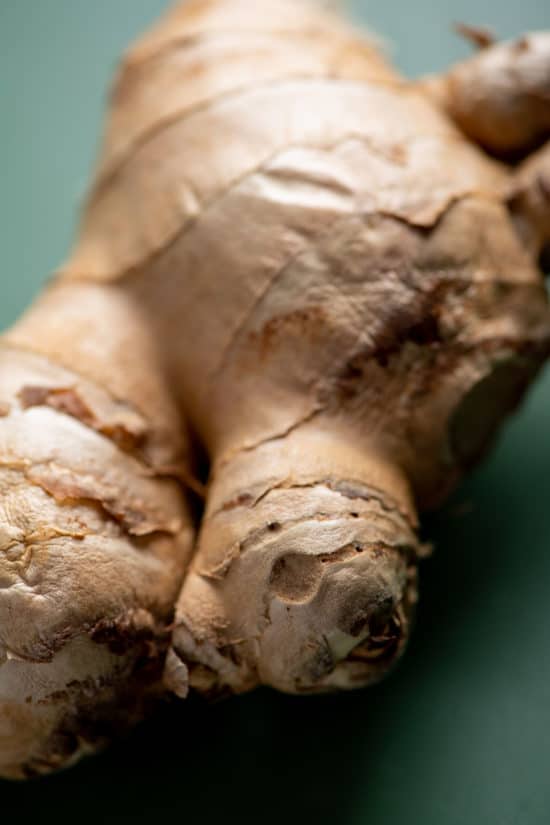
A fresh ingredient often associated with Asian food, and rightly so, but one that adds wonderful aroma and flavor to lots of dishes. If you are a stir-fry person, you probably already know to always keep fresh ginger on hand. It also features in Southeast Asian food, Indian food, and at this point all across various cuisines. You’ll find it in the produce sections of most grocery stores or supermarkets. It looks like a beige, bumpy root (which it in fact is; the underground rhizome of the ginger plant), and has a peppery and warm flavor.
Ginger is sharply spicy when raw, but mellows with cooking. It can be used in sweet dishes and baking as well as savory dishes, and surprising places like a tropical fruit salsa.. It has quite an array of health benefits, and keeps for a long time in the fridge. Because fresh ginger is so bumpy, it’s a little tricky to peel with a vegetable peeler. You can also use the edge of a teaspoon to scrape the skin off of the ginger, which allows you take get over the bumps and into the corners more easily.
Look for ginger that is firm and not shriveled or wrinkled, and free of any moldy spots. If you mince some ginger and garlic, sauté them in some oil and then add diced chicken, pork shrimp, and/or any vegetables, sauté and cooked through, and finish up with a splash of soy sauce, you have a very basic stir fry.
7. Lemons and Limes
Lemons are one of my very favorite fresh ingredients of all time. I se them in everything. Citrus adds such a great burst of flavor to all sorts of recipes. The juice is great, and the zest (the thin colored outer skin of the fruit — avoid the bitter tasting white pith layer underneath) also offers a refreshing hit of flavor. Keep lemons and limes in the fridge, and before using give them a firm roll on the counter pressing down with your hand, which will make them release more of their juice easily.

Also see: 10 Essential Cooking Methods Everyone Should Know.
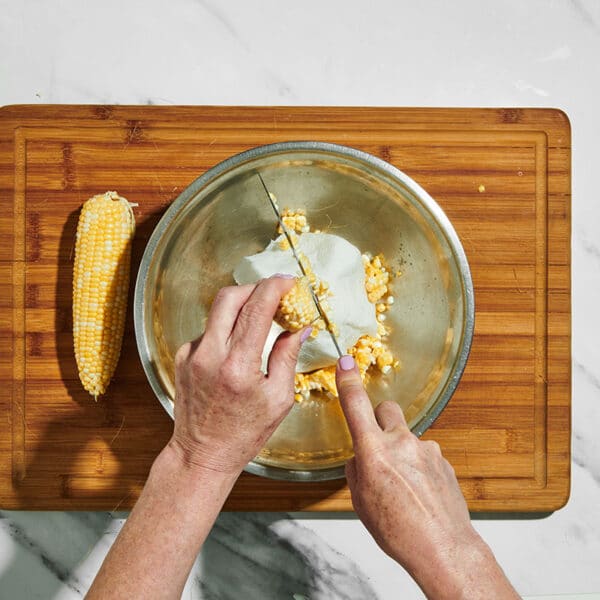
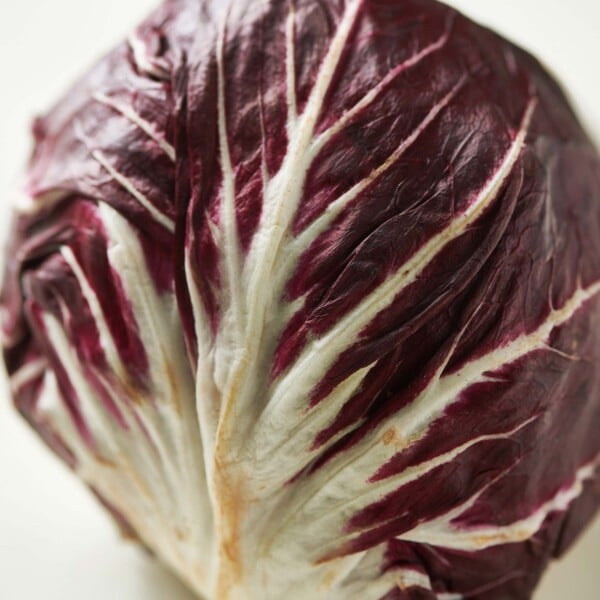
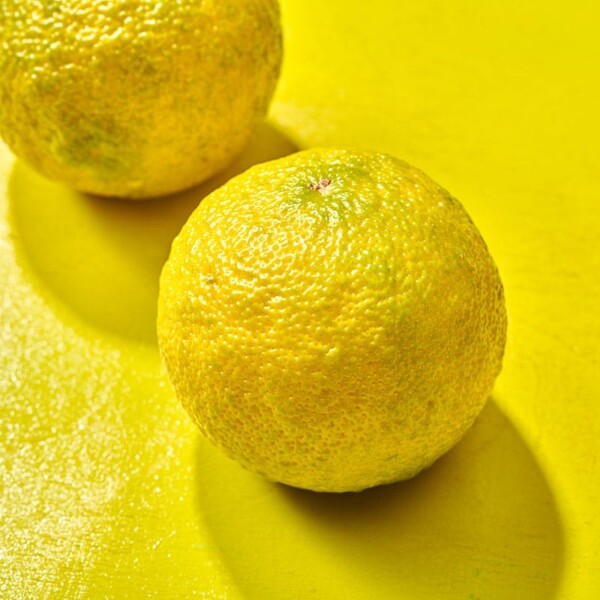
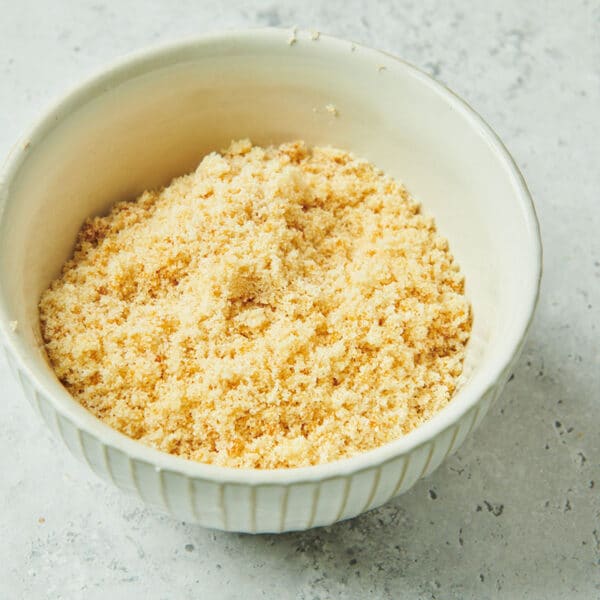









Katie,
I have never sent a personal email to someone I don’t personally know, but I just have to thank you for your wonderful cookbook Mom’s 100.
I bought it at the school book sale when my daughter was six, and she’s a senior in High School now, and my cookbook is literally falling apart. It is the cookbook I use most: it’s got my notes scribbled in different pens through the years, miso salmon, aka ‘Barbie Chicken’ is a staple in our house.
Even when I venture to try a more highbrow recipe, often with many ingredients difficult to source, and often horribly written instructions, you have saved me with practical advice allowing me to improvise, and save my hide on many occasions.
I need to check out your other books. Duh! Bless your sweet heart and thank you!
this is the nicest note ever! Thank you SO much for making my day. The only other cookbook is Dinner Solved, and I sure hope you find some new favorites in there. Thank you!
Katie,
I have never sent a personal email to someone I don’t personally know, but I just have to thank you for your wonderful cookbookMom’s 10. I bought it at the school book sale when my daughter was six, she’s a senior in High School now, and my cookbook is literally falling apart. It is the cookbook I use most. Even when I venture to a more highbrow recipe source, you have saved me with practical advice allowing me to improvise, and save my hide on many occasions. Bless your sweet heart and thank you!